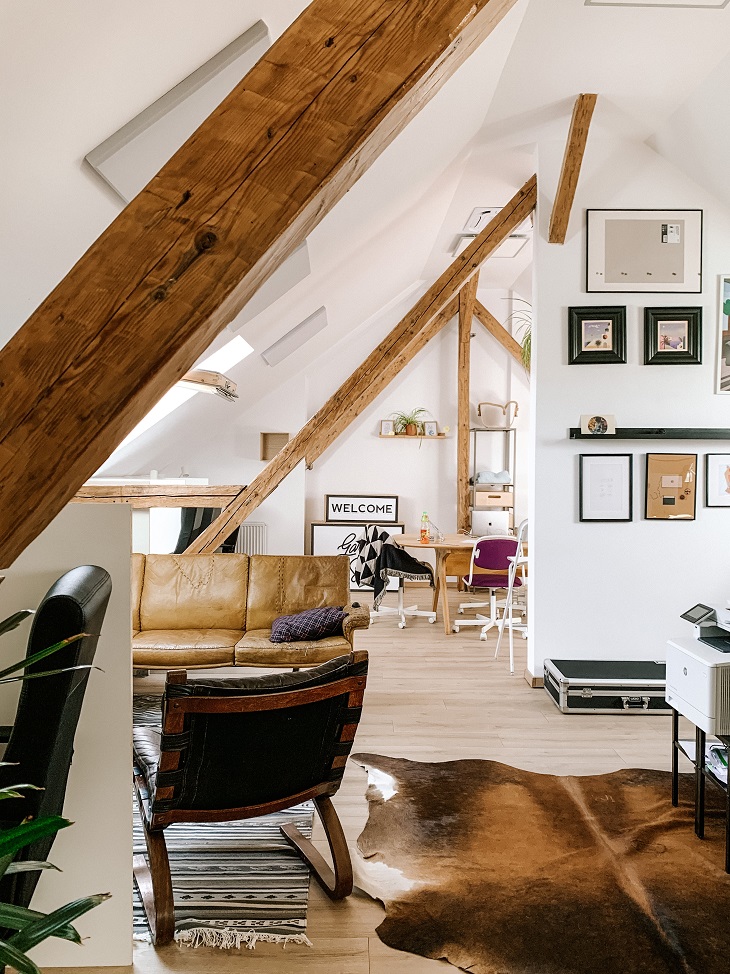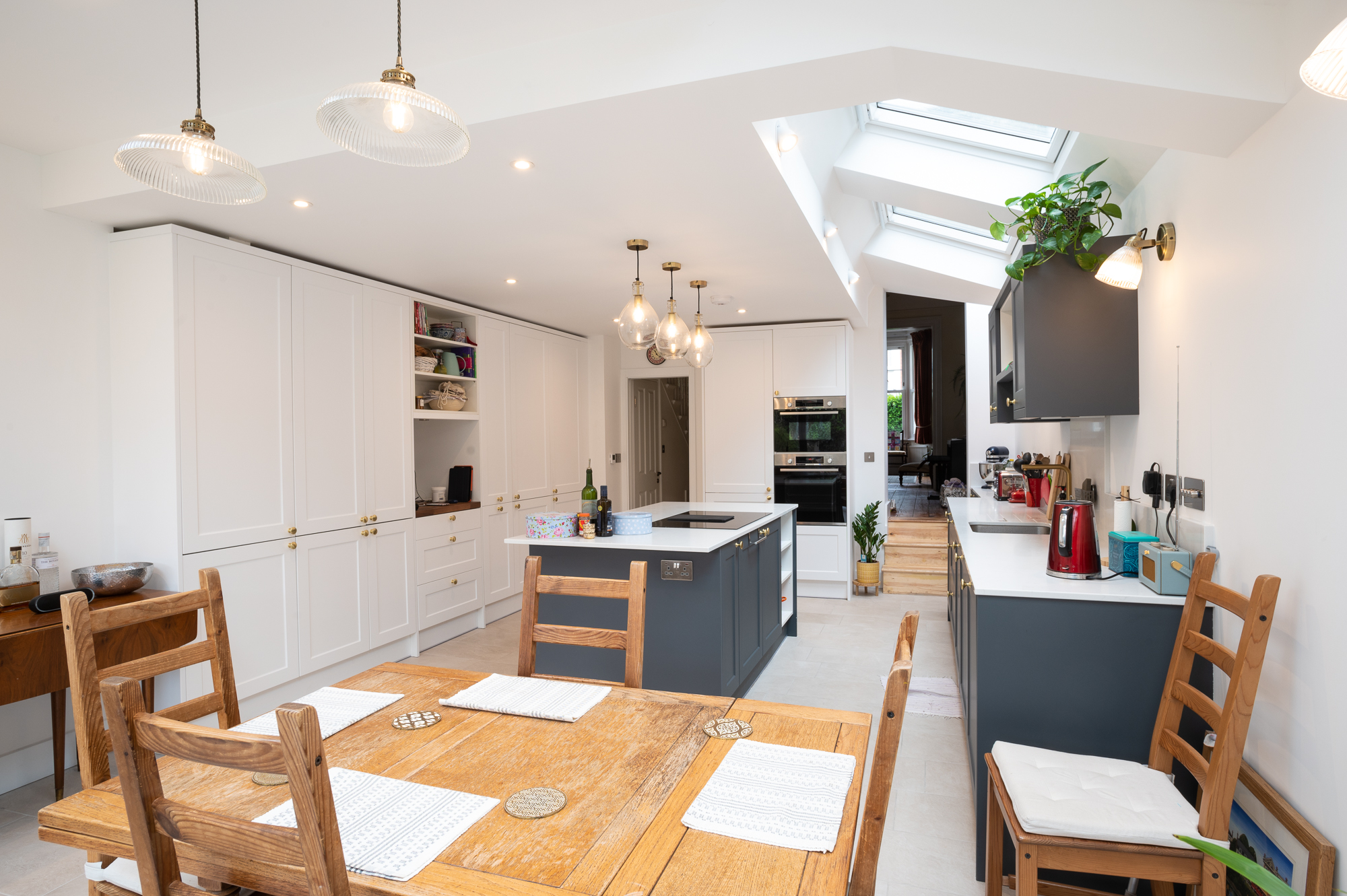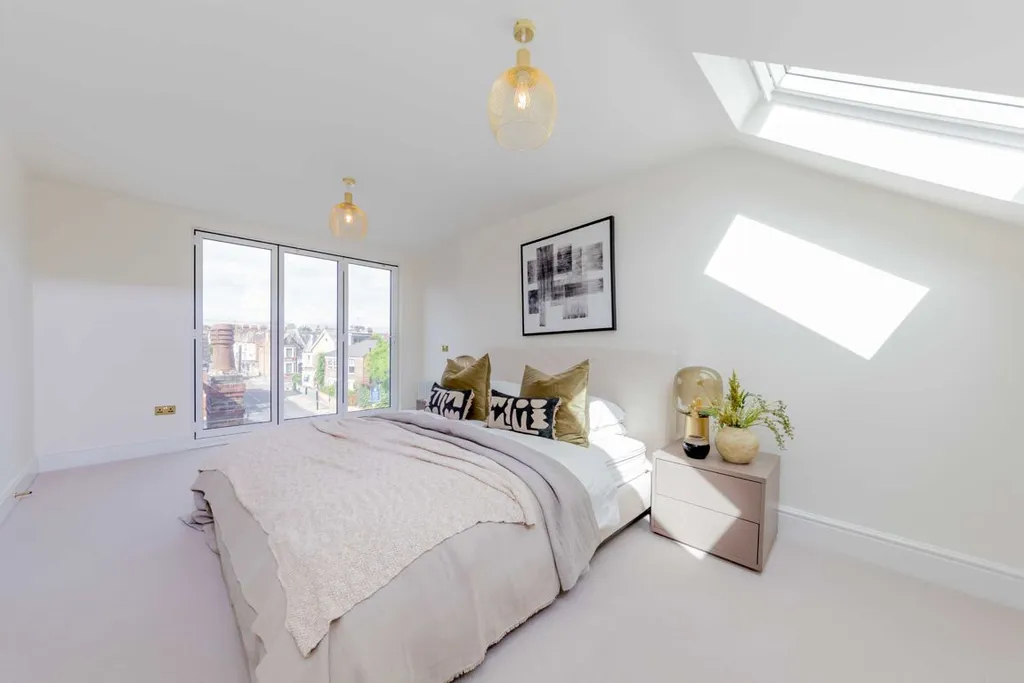Britain’s housing stock is the oldest and the worst insulated in Europe. More than half of the UK’s housing was built before 1965, and 20% before 1919. That was a different time when energy efficiency wasn’t a concern. Today, in the age of fuel poverty and climate change, insulation is a matter of paramount importance. In its efforts for a net zero future, the UK government is making it imperative that households meet energy efficiency standards. Poorly insulated homes can lose up to £300 in energy bills. Is your home leaking energy? Find out how insulated it is.

Why is it important to ensure that your home is properly insulated?
Energy Efficiency – proper insulation helps to create a thermal barrier, preventing heat from escaping during the colder months and keeping the interior cooler during warmer periods. It reduces reliance on heating and cooling systems, leading to lower energy consumption and utility bills. A BBC research found 62% of homes in England were rated D or below on their Energy Performance Certificates, which means they do not meet long-term energy efficiency targets.
Cost Savings – improved energy efficiency translates to significant cost savings over time. Homeowners can expect reduced energy bills, making insulation a cost-effective investment that pays for itself in the long run.
Environmental Impact – home insulation contributes to a lower carbon footprint through reduced energy consumption. It helps to mitigate greenhouse gas emissions and supports efforts to combat climate change and environmental degradation.
Comfortable Living Conditions – insulation helps maintain a consistent and comfortable indoor temperature, eliminating drafts and cold spots. It ensures a more pleasant living environment, regardless of external weather conditions.
Condensation Control – adequate insulation can prevent condensation from forming on interior surfaces, reducing the risk of mould and mildew growth. It leads to adverse health effects on occupants.
Noise Reduction – insulation also acts as a sound barrier, reducing sound transfer from outside the property and between rooms inside. It helps create a quieter and more peaceful living space.
Property Value – an energy-efficient home with good insulation is generally more appealing to potential buyers. It can increase the resale value of the property.
Compliance with Building Regulations – the UK building regulations require that new buildings and major refurbishments meet certain energy efficiency standards. Proper insulation ensures compliance with these regulations and avoids potential penalties.
Health Benefits – a well-insulated home promotes better indoor air quality, as it helps to keep pollutants and allergens from entering the living spaces. It can be particularly beneficial for individuals with respiratory conditions or allergies.

Areas in your home that require insulation
Roof & Loft
A quarter of the heat in a home is lost through an uninsulated roof. Loft insulation is a major part of roof insulation. According to the Energy Saving Trust, a correctly insulated loft should pay for itself many times over its 40-year lifetime. Additionally, you can convert your loft into a habitable space to make it well-insulated and regulated for better energy efficiency. Room in the loft is a simple loft conversion method that doesn’t require structural changes to the roof.
Walls
About a third of the energy in a home occurs through the walls. Houses in the UK mostly have either solid walls or cavity walls. If your house was built after the 1920s, it is likely to have cavity walls. A cavity wall has two walls with a gap in between, known as the cavity; the outer leaf is usually brick, and the inner layer is brick or concrete block.
Pre-1920 houses are more likely to have solid walls. A solid wall has no cavity. Each wall is a single solid wall, usually made of brick or stone. And these houses do not have any wall insulation. Only houses built from 1990 onwards have wall insulation.

How to know if your walls are cavity walls or solid walls?
- Cavity walls have bricks typically arranged in an even pattern, with all the bricks laid lengthways.
- Solid walls have bricks in an alternating pattern, with some bricks laid across the wall so you can see the smaller ends from the outside.
When the brickwork is covered up, you can instead measure the width of the wall. You can do so by examining a window or door on one of the external walls.
- If a brick wall is more than 260mm thick, it is probably a cavity wall.
- A narrower wall than that is probably solid. Stone walls may be thicker but are usually solid.
Certain houses have unique wall structures. If your house has a steel frame, timber frame, or pre-fabricated concrete, it is advisable to consult a specialist insulation installer for guidance.
Cavity walls are insulated by injecting insulation material into the wall cavity from the exterior. An installer will create holes in the outer walls, inject insulation through the holes, and then seal them using cement. Mineral wool, polystyrene beads, and occasionally polyurethane foam are used as insulation material. Solid walls get insulated either from the inside or the outside.
Internal walls get insulated by fixing rigid insulation boards directly to the wall surface or constructing a stud wall filled with mineral wool fibre or other insulation material. External wall insulation involves affixing a layer of insulation material to the external wall and then covering it with a specialised render (plasterwork) or cladding.
Floors
Insulating the ground floor is an effective way to maintain warmth in your home. Typically, only the ground floor requires insulation, and the upper floors usually don’t need it. However, it is crucial to consider insulating floors above unheated spaces like garages, as substantial heat loss can occur through them.
Older homes often feature suspended timber floors. If you spot air bricks or ventilation bricks below floor level on external walls, it is likely that you have a suspended timber floor.
It is essential not to block these air bricks as they facilitate ventilation beneath your floor, preventing floorboard rot. To determine your floor type, inspect the basement or cellar if safely accessible. Suspended wooden floors reveal wooden joists and the undersides of floorboards. If there’s no access to the space beneath your house, lift a corner of the carpet and underlay to inspect.
Timber floors can be insulated by lifting the floorboards and placing mineral wool insulation supported by netting between the joists. This method ensures efficient insulation, providing better warmth retention for your home.
Windows
A-rated double-glazing and triple-glazing can insulate your windows for better energy efficiency. The frame material can also affect heat loss. uPVC, Wooden frames, Aluminium, steel, and composite are high-performing materials. If your property is in a conservation area or a listed building, you may need to check with your local planning office before replacing windows.
It is important to have proper ventilation as you make your home more airtight. Use windows with trickle vents in the frame for controlled ventilation when your house lacks background ventilation.
Doors
Doors should also have insulation and draught-proofing to prevent heat from escaping. New external doors typically come with integrated insulation to minimise heat loss and ensure compliance with regulations. Draught-proofing strips around the seals and letterbox can insulate existing doors.

How to check if your home may not be adequately insulated
Check for Drafts
Look for drafts around windows and doors. Feeling cold air coming in indicates potential insulation issues.
Check the R-Value
If you have access to information about the insulation used in your home, check its R-value. The higher the R-value, the better the insulation’s resistance to heat flow.
Energy Performance Certificate (EPC) Rating
Obtain your home’s Energy Performance Certificate to assess its energy efficiency. A lower EPC rating might suggest insulation problems.
Seek Professional Advice
If you are unsure about the state of your home’s insulation or need help assessing it, consider consulting a professional insulation specialist or energy assessor.
High Energy Bills
Unusually high energy bills are a sign of a bigger carbon footprint caused as a result of high energy loss. Properly insulated homes have lower energy bills.
Uneven temperature
Poor insulation prevents the heating system from evenly warming your home. You may notice that while one room is toasty, another is chilly. Check that heating is working properly before checking for insulation issues.
Condensation and Dampness
Poor insulation can lead to condensation on walls, windows, or ceilings, which may eventually cause dampness and mould growth.
Mould and Mildew
Mould and mildew on walls, especially in corners or behind furniture, may indicate areas with poor insulation and insufficient ventilation.
Temperature fluctuations
If you struggle to maintain a comfortable temperature inside your home despite adjusting the thermostat, it could be due to insulation issues.
Visible Gaps or Cracks
Visible gaps or cracks around windows, doors, or walls can allow air infiltration, reducing insulation effectiveness.
Rapid Cooling or Heating of the house
A poorly insulated home may experience rapid temperature changes when heating or cooling systems are on or off.
Cold internal walls and floor
If the internal walls and floor are cool to the touch while the heating is on, that can mean the wall and floor have no insulation or proper insulation.
Ice forming
Well-insulated roofs will have snow on the roof that does not melt in cold weather. Poorly insulated roofs will melt the snow, creating ice dams and icicles on the roof and guttering. Frozen pipes are a sign of uninsulated pipes. Condensation on windows that freeze is a lack of good insulation.
Pest infestation
The presence of critters, rodents, woodworm, and termites usually means a lack of proper insulation or damaged insulation.
Conclusion
A well-insulated home is a necessity you cannot afford to ignore in 2023. Period homes need retrofitting to function more efficiently and save on energy bills. Modern loft conversions and extensions provide valuable energy savings while offering extra space for comfortable living. Make your home energy-safe with bespoke loft conversions and extensions by Good Design & Build. We design for a sustainable future. How would you improve your home’s insulation?




